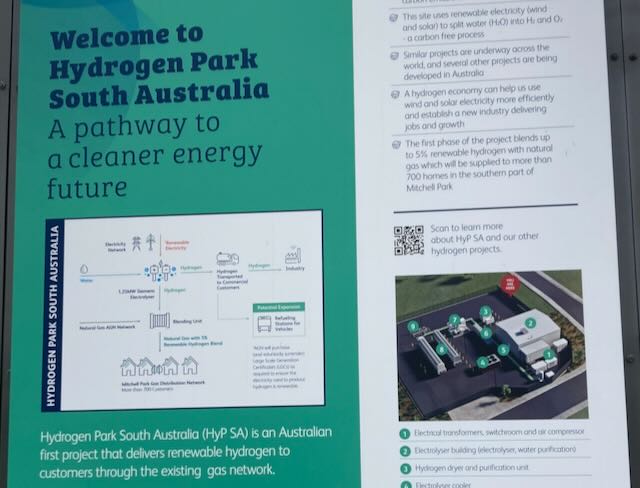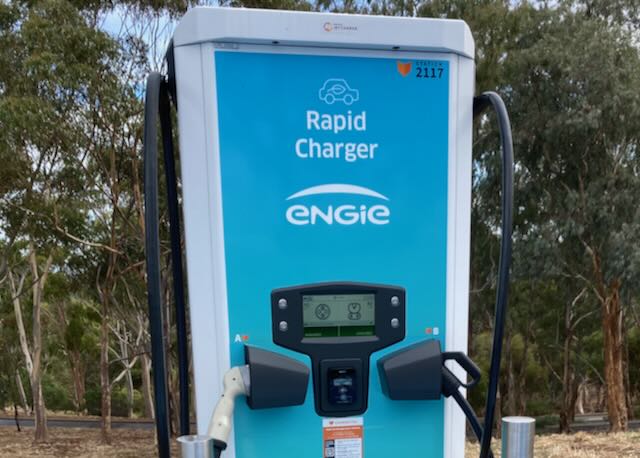Last updated on March 11th, 2024 at 05:06 am
The Green New Deal (2019) by Jeremy Rifkin is a roadmap for building a new economy underpinned by electricity generated through renewable energy from solar and wind technology and managed through smart grids.
Building on earlier works
The Green New Deal builds on works that Rifkin published in recent years. His popular The Third Industrial Revolution (2011) details how humanity has built civilisations on technology platforms to leverage the environment for survival. These platforms require a means of communication, an energy source, and transport infrastructure to move goods and services. In pre-industrial society, the wind and water were harnessed in the form of mills and canals which were used to process grains, power small production factories and transport goods. The printing press provided the ability to store and transport ideas in the form of newspapers, pamphlets and print books.
The First Industrial Revolution was built on coal as an energy source, steam power to run factories, transport people and goods via the steam train and boat and to print text books at a much faster rate. Later electricity was used to create the telegraph system. Cities grew vertically to take advantage of the centralised rail transport.
The Second Industrial Revolution was built on petroleum and later natural gas, which allowed greater mobility with the development of internal combustion engine. Highway networks such as the interstate highway system in the US or the autobahn in Germany made it possible to decentralise the populations as industries and populations moved to the suburbs. The need for a higher level of education created the high schools, vocational colleges and universities. Two-way communication was improved with the telephone network and broadcast media such as the radio and television. Finally, industry and academia benefitted from the development of centralised computers to process data quickly.
The Third Industrial Revolution (TIR) is in the process of being developed. The energy platform is renewable energy from the solar and wind technologies distributed and managed using smart energy grids and batteries. The communication system is the Internet, providing human-to-human, human-to-machine and machine-to-machine data flows. But, more importantly, the Internet provides machine-to-machine data flows. This is also referred to as the Internet of Things because it allows data flow to occur between sensors, management software and devices which it controls. This kind of data flow can bring greater energy to buildings and other infrastructure.
The video below records a presentation Rifkin gives at Sciences Po, a University in France, in which he provides an explanation for why we need to move to the New Green Deal: to preserve the next generations as well as the flora and fauna which currently inhabit the natural environment. It is a call to the Millennials and Gen Zs to take up the challenge to build out the TIR in their local regions and to work collaboratively with local government, businesses and civil society to create sustainable communities and a green economy.
What are the actions which we must carry out
Rifkin outlines a list of 23 actions at the end of his book which the US needs to carry out to realise the Green New Deal for Americans. These actions have been translated loosely for the Australian context in the list below:
- Introduce a carbon tax. This allows industrial and commercial practices to pay for burning fossil fuels. This incentivises the move to ways and means of reducing and eventually eliminating the use of carbon in industrial and commercial processes.
- End fuel subsidies. Governments have traditionally subsidised the fossil fuel industry by providing tax credits or funding to in the many stages of the fuel production and consumption. Eliminating subsidies would allow renewable energy to operate on a fair playing ground.
- Build a national smart power grid. Adding intelligence to the power network will allow the power network to be highly distributed. This will make supply and demand of electricity managed instantaneously.
- Build resilient renewable power production. Power networks need to be able to function with agility to adapt to local and national power demands. Local grids would have the ability to detach themselves instantaneously from the larger network if the latter becomes unstable.
- Build resilience in power availability. Networks need to have built in redundancy with the use of batteries and surplus power input to ensure that surges can be accommodated.
- Build an interconnected communication network. Today we have the second wave of the Internet which allows us to interact with ourselves and with web applications to activate and manage services. The Internet is being extended and expanded to allow machine to machine interaction so that buildings management can receive data from sensors and send out control to devices such as air conditioning systems.
- Build resilient data storage. Smart systems require data centers where sensor and device data is stored and reused to manage entities such as residential and commercial buildings, factories and transport infrastructure.
- Replace ICE with electric vehicles. Governments need to put into place legislation and incentives to boost the sale of electric vehicles and hasten the removal of ICE vehicles from the national fleet.
- Build a network of electric charging stations. Roll out a basic fast charging network which can then be matched with commercial scale stations as EVs begin to dominate vehicle sales.
- Modify all existing building stock to reduce energy consumption. The embedded energy in the existing residential and commercial stock is to great to replace with new structures. Each building can be retrofitted with better insulation, air conditioning and appliances to increase the home rating.
- Shift agriculture to low energy input practices. Agriculture can move to more sustainable practices by adopting regenerative farming to reduce the need for commercial fertilizers. Better land use management can be aided with the use of applications which run over the Internet of Things
- Regreen farmland and public lands. Removal of carbon from the atmosphere can be achieved by planting native vegetation on farms and creating more natural habitat to encourage native bushland to return, which in turn supports local fauna.
- Rebuild water infrastructure to be resilient to climate change and natural disasters.
- Shift to a circular economy. This action will end the practice of sending goods to landfill by creating a cycle of product use which supports the reuse and recycling of a wide range of manufactured goods.
- Retrain military resources for disaster response. Legislate the military to be capable of operating disaster response efficiently where local resources are overwhelmed.
- Build a green financial system to fund the green economy. The government can assist the development of pilot projects, but it is the banks, investment houses, and retirement funds which can be used to invest in the green economy.
- Utilise unions and their pension funds to build the green economy.
- Train the next generation in skills that lead to green economy careers and trades. Train people for careers and jobs which are required to build out the renewable energy
- Fund green projects to support the most disadvantaged communities. Governments can provide funding to provide better housing, training and services to make communities self-reliant.
- Create fairer tax laws. Governments must review the tax system to ensure that tax dollars flow where it is needed to support the green economy.
- Fund research and development. Governments and businesses can fund research for new products.
- Standardise technology for the green economy. Governments need to provide guidance and support in ensuring that the new technologies meet government standards.
- Standardise technology globally for global interconnectivity. Standardising internationally means that companies can sell or supply technology if they are to be imported into or exported from Australia.
How does this apply to South Australia and our local regions
Adelaide and regional cities have one of the highest uptakes per household of rooftop solar. This, in combination with solar farms, have given the state the ability to reach levels of self-sufficiency in electricity production. South Australia has a burgeoning energy market where areas with high solar radiation are being targeted for solar farm development and the coastline and ranges for wind farms. In addition, there are projects being developed for hydrogen production such as the hydrogen production facility at Tonsley Park.

Book details
Rifkin, J 2019, The Green New Deal, St. Martin’s Press, New York.
Rifkin, J 2011, The Third Industrial Revolution, Palgrave MacMillan, New York.
